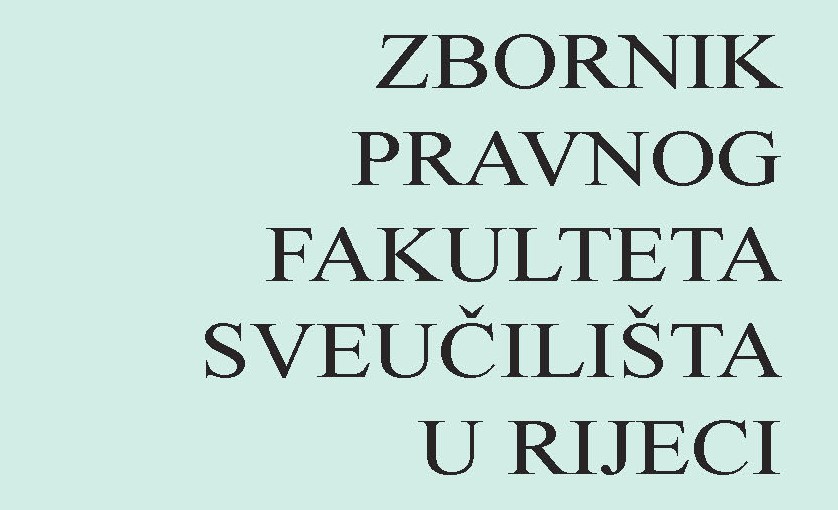SMART MARRIAGE CONTRACTS: THE FUTURE OF BLOCKCHAIN IN MATRIMONIAL PROPERTY LAW?
DOI:
https://doi.org/10.30925/zpfsr.42.3.4Keywords:
matrimonial property law, smart marriage contract, marriage contract, comparative private lawAbstract
This paper is intended to serve as an introductory treatise on the subject of smart marriage contracts (SMC) as a manifestation of blockchain in matrimonial property law of contracts. We start with a description of the origin and functioning of a SMC from a technical standpoint, while evaluating the legal nature thereof at the same time. Afterwards, we focus on the possibilities and means of a SMC’s establishment under German, Austrian, and Slovak law. Moving on, issues related to the content of a marriage contract establishing a SMC are examined. We then test the permissibility of a SMC-related provision in a marriage contract referred to as a “registration clause”. The key findings of our research run as follows. SMC’s can be established via marriage contract under German and Austrian law, yet they cannot be established under Slovak law. Regarding the proper content of a marriage contract establishing a SMC, there are several factors to which drafters should pay close attention in order to ensure the desired functionality of a SMC. A registration clause in a marriage contract is invalid both under German and Austrian law due to the violation of good morals. The question of possible partial avoidance of a registration clause pursuant to BGB depends on the circumstances of an individual case; ABGB on the other hand allows partial avoidance of such a clause in every case.
Additional Files
Published
Versions
- 2023-12-15 (2)
- 2022-02-16 (1)
How to Cite
Issue
Section
License
Copyright (c) 2022 Ľuboslav Sisák

This work is licensed under a Creative Commons Attribution-NonCommercial 4.0 International License.
Collected Papers is an open access journal. Journal does not charge article processing charges (APC) to authors. It is licensed under CC BY-NC licence 4.0.
Collected Papers of the Law Faculty of the University of Rijeka" is an Open Access journal. Users are allowed to read, download, copy, redistribute, print, search and link to material, and alter, transform, or build upon the material, or use them for any other lawful purpose as long as they attribute the source in an appropriate manner according to the CC BY licence.
The papers published in "Collected Papers of the Law Faculty of the University of Rijeka" can be deposited and self-archived in the institutional and thematic repositories providing the link to the journal's web pages and HRČAK.
Upon acceptance of the manuscript for publication by this journal, the author can publish same manuscript in other journals only with the permission of the Editorial Board (secondary publication). A repeated publication should contain a notice as to where the manuscript was originally published.



